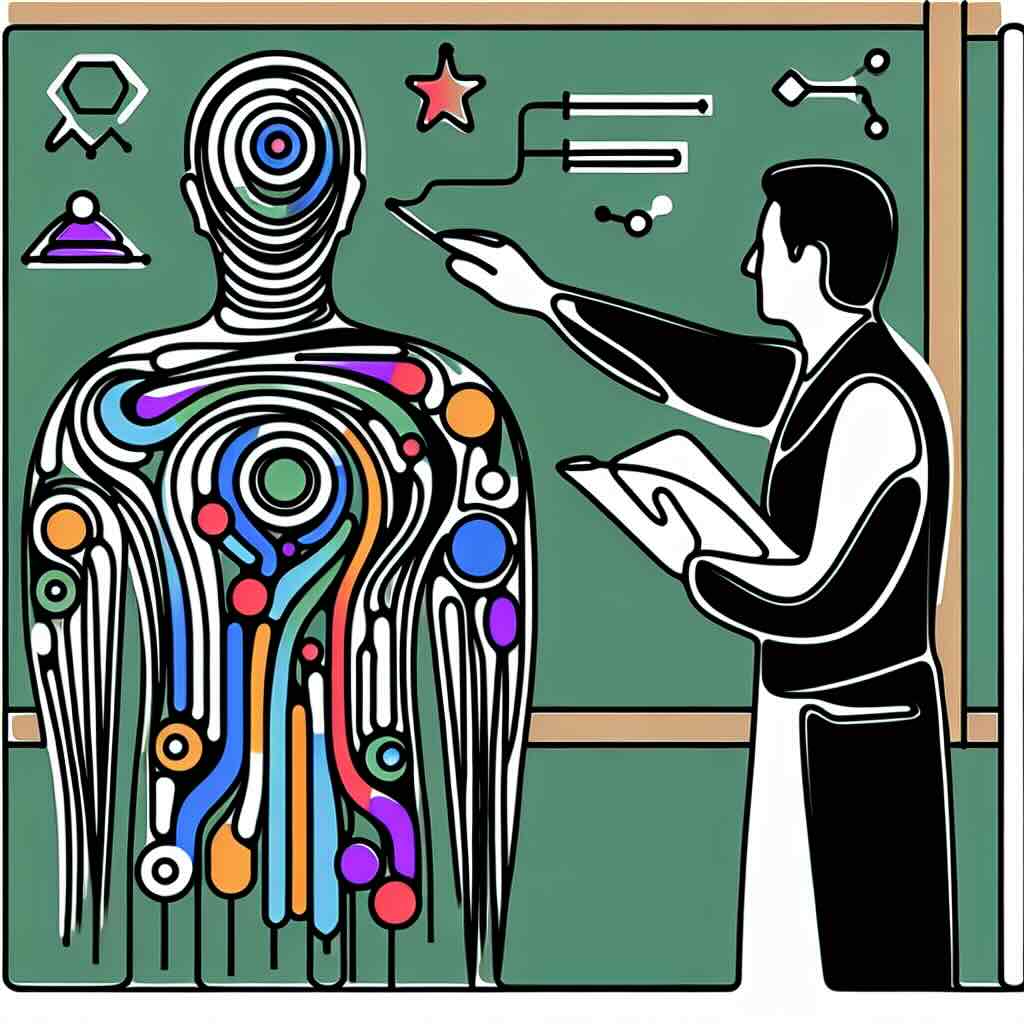Discover how to design with the how, not the what, for more effective, active learning experiences.
Tips for how to create memorable learning
We’re in a world awash with content but it's always been active learning that makes for a memorable, impactful, experience. This article covers how, and why, you should reduce reliance on passive content and instead intentionally opt in for more active learning in eLearning experiences. This advice is based on experience, research, and best practice.
What makes learning memorable?
Think back to a memorable experience. Pause your reading and take a moment to think of one…
- Do you remember how you felt?
- Can you recall what you were thinking?
- Maybe it was something you did?
The above three areas are the "domains" of learning; affective (feeling), cognitive (thinking), and psychomotor (doing). They were defined many decades ago by Benjamin Bloom (famous for the taxonomies). Science has known, for a long time, that learning is a complex process involving feelings, memory, and actions. So how do we create that for our learners? Well, that is our job, so this article is aimed to encourage you to make active learning more commonplace during the design phase.
Memory is a learning goal
Memory sparks physical, cognitive, and emotional responses, which is the purpose of learning something. We know something, because we have memorized it. Making memorable learning experiences is based on creating engaging, purposeful, and demonstrable change within others. This does put a spotlight on passive content, as it has the hardest job in ensuring something active happens within each learner, to make the learning stick, so that they learn it.
Content-led vs. active learning
The challenge with the industry-wide focus on "content, content, content" is that when predominantly receiving information, we are not really doing anything. We're just absorbing, we may feel like we're learning but we're mostly filtering and then forgetting, what we just read.
- Question (for you, reader)Can you remember the three domains mentioned at the beginning of this article?
It’s tricky, with just media such as visuals, text and audio, to make anyone do anything. When "nothing" happens, you’re in a passive, inactive experience. Our reliance on content-led approaches often results in a lack of deep interactivity and meaningful engagement. Reliance on one-way communication, or broadcasting, to learners is in stark contrast to active learning. All nonpassive forms of learning deeply involve the learner’s dynamic participation, encouraging them to apply, analyze, and synthesize new information.
Doing leads to learning
Active learning in eLearning intentionally promotes collaboration, discussions, and hands-on experiences, creating a deeper connection to the subject matter. Content-led learning, while convenient, falls short in facilitating critical thinking and long-term retention, as it may not effectively stimulate the cognitive processes essential for meaningful learning experiences.
Active learning from a cognitive science perspective
Active learning aligns with evidence-informed principles based on how to enhance knowledge retention and learning outcomes. Insights from cognitive science highlight key concepts such as the spacing effect, retrieval practice, and dual coding theory. All three of these actively engage and reinforce cognitive learning processes, so let’s explore each one:
- Spacing effectUnderscores the benefits of distributing learning over time, promoting better retention.
- Retrieval practiceThrough active recall and application, it strengthens memory retrieval pathways.
- Dual coding theoryThis emphasizes the simultaneous use of visual and verbal information, a principle readily applicable in interactive, multimedia-rich, active learning environments.
Active learning methodologies have an increasingly clear relationship with cognitive science. They enable your designs for learning to have increased opportunity to optimize conditions for learner knowledge formation.
Increases engagement, motivation, and enjoyment
Active learning plays a pivotal role in sustaining learner engagement and motivation throughout the educational journey. By incorporating elements like interactivity, problem-solving, and hands-on activities, active learning transforms the learning experience into an immersive and dynamic process. A request for participation makes the learning journey more engaging and responsive to each individual. It stimulates critical thinking and maintains a higher level of interest. The intrinsic connection between engagement and knowledge retention becomes evident as active learning not only captures learners' attention but can lead to more memorable and enjoyable experiences.
Memorable active learning methods
You can use learning methods such as case studies, simulations, discussions, and group activities to actively engage learners. Incorporating interactive technologies can enhance engagement when environments can be used for collaboration, with instant feedback and a human connection. By adding an emphasis to real-world application, scenarios, and case studies, you can ensure the acquired knowledge translates into something practical and relatable.
Measuring effectiveness
Measuring the effectiveness of active learning involves assessing learner outcomes through methods like pre-and post-assessments, surveys, and performance evaluations. Measuring content, by comparison, tends to focus on engagement metrics such as views, clicks, and completions. With active learning, you can measure continuous improvement by gathering feedback from learners, teachers, and assessments. This feeds into an iterative process to ensure learning designers evolve learning experiences in response to the effectiveness of the learning strategies employed. Iterative design creates a highly responsive learner journey.
Challenges and solutions
Implementing active learning may face challenges such as resistance to change, time constraints, and the need for technology integration. Shifting from content-led learning requires buy-in from stakeholders, who may have different indicators of success (such as engagement). Solutions to this problem include creating goals that align to overall business or educational objectives, encouraging a culture of innovation, and demonstrating the value from learner feedback. Best practices include aligning learning objectives with active methods and gradually introducing new strategies with iterative design, which eases the transition.
Memory is a goal, but it’s not easy
It’s likely that segments of this article have already been forgotten, so a helpful strategy is to summarize key points:
- Passive is, generally, less memorable than active.
- There are three domains of learning: cognitive (thinking), affective (feeling), psychomotor (doing).
- There are many active learning methods to explore and incorporate
To enhance a learner’s memory, prioritise active learning in eLearning over passive methods. Consider all three cognitive, affective, and psychomotor domains and where they are relevant for your intended learning outcomes. Embrace diverse active learning strategies so you can achieve optimal engagement and retention within your learners.







